Glencoe World History Chapter 16
1/24
There's no tags or description
Looks like no tags are added yet.
Name | Mastery | Learn | Test | Matching | Spaced |
|---|
No study sessions yet.
25 Terms
Ihara Saikaku
prolific Japanese writer. 17th century. Wrote: Five Women Who Loved Love, Transmission of the Martial Arts
Oda Nobunaga
began the restoration of a central Japanese authority
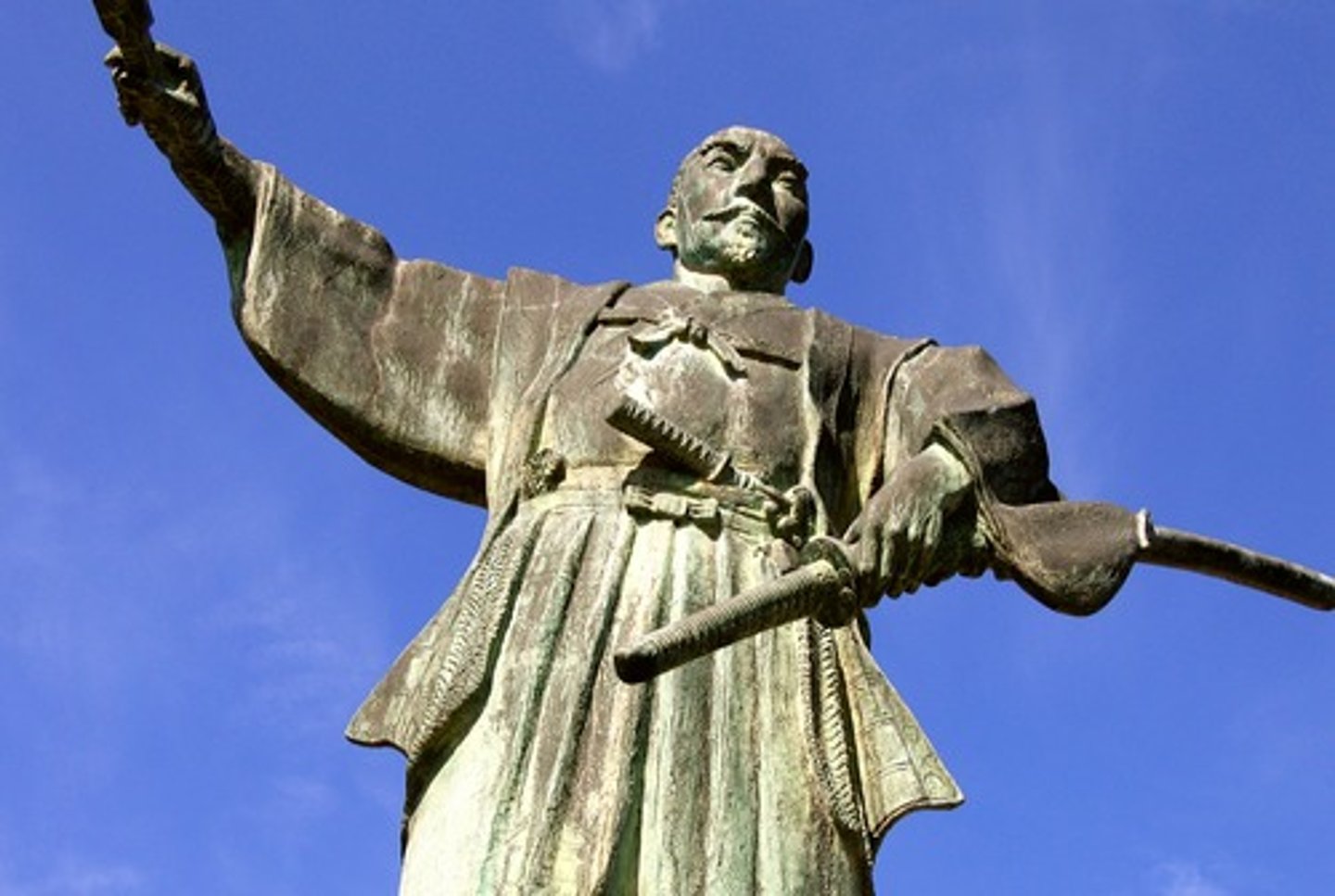
Cao Xuegin
18th century Chinese writer. Wrote: Dream of the Red Chamber (earliest Chinese novel)
Yong le
14th century Ming emperor. Ordered the construction of the Forbidden City
Korea
NE Asian country. Peninsula. Known during the Yi dynasty as the "Hermit Kingdom" due to its isolation.
foot-binding
traditional Chinese practice of misshaping the feet of young girls through breaking and binding the foot. Seen as a status symbol in Qing dynasty China
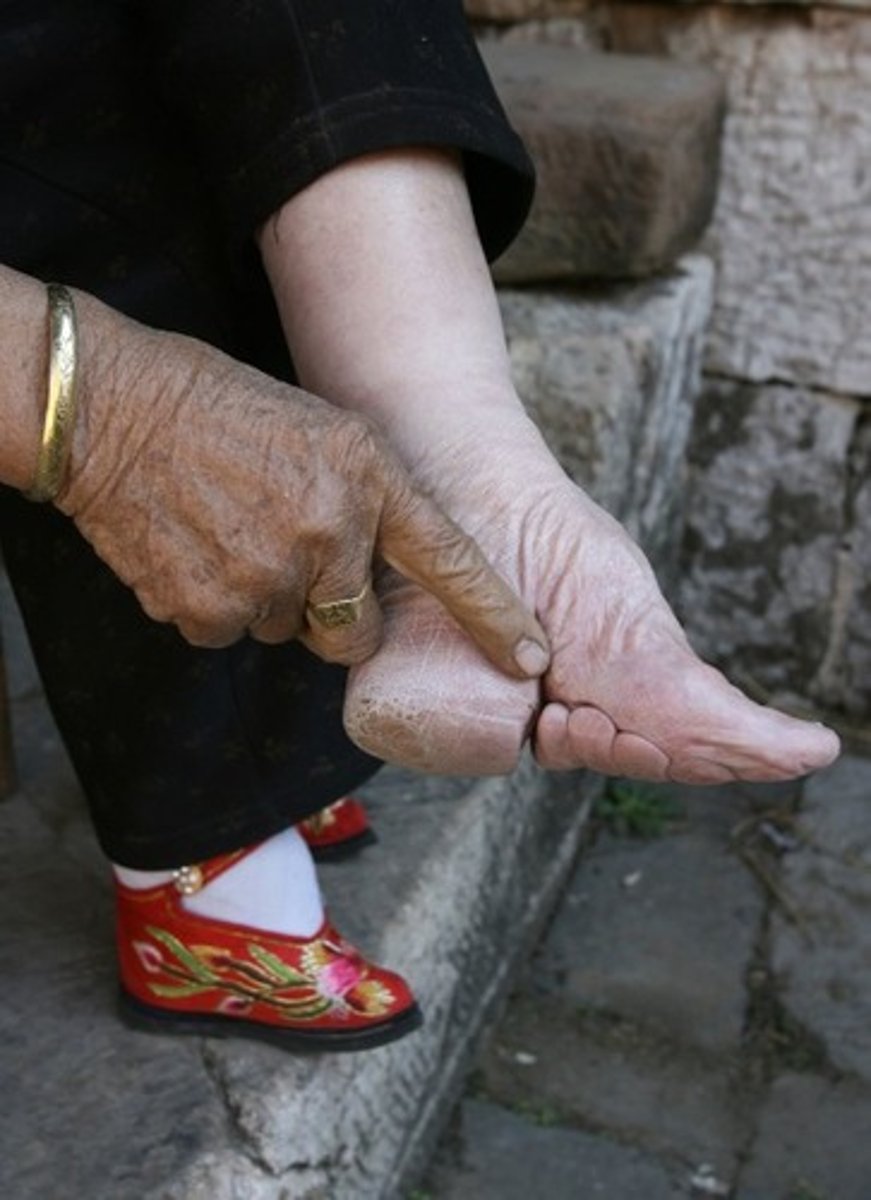
Li Zicheng
led the peasant revolt that overthrew the Ming dynasty
Japanese pottery makers
...borrowed their style from Korean techniques and designs
Qianlong
18th century Qing dynasty emperor, opposed British wishes for more liberal trade policies
daimyo
heads of noble Japanese families
Zheng He
led naval voyages of exploration and trade during the Ming dynasty. 14th / 15th century
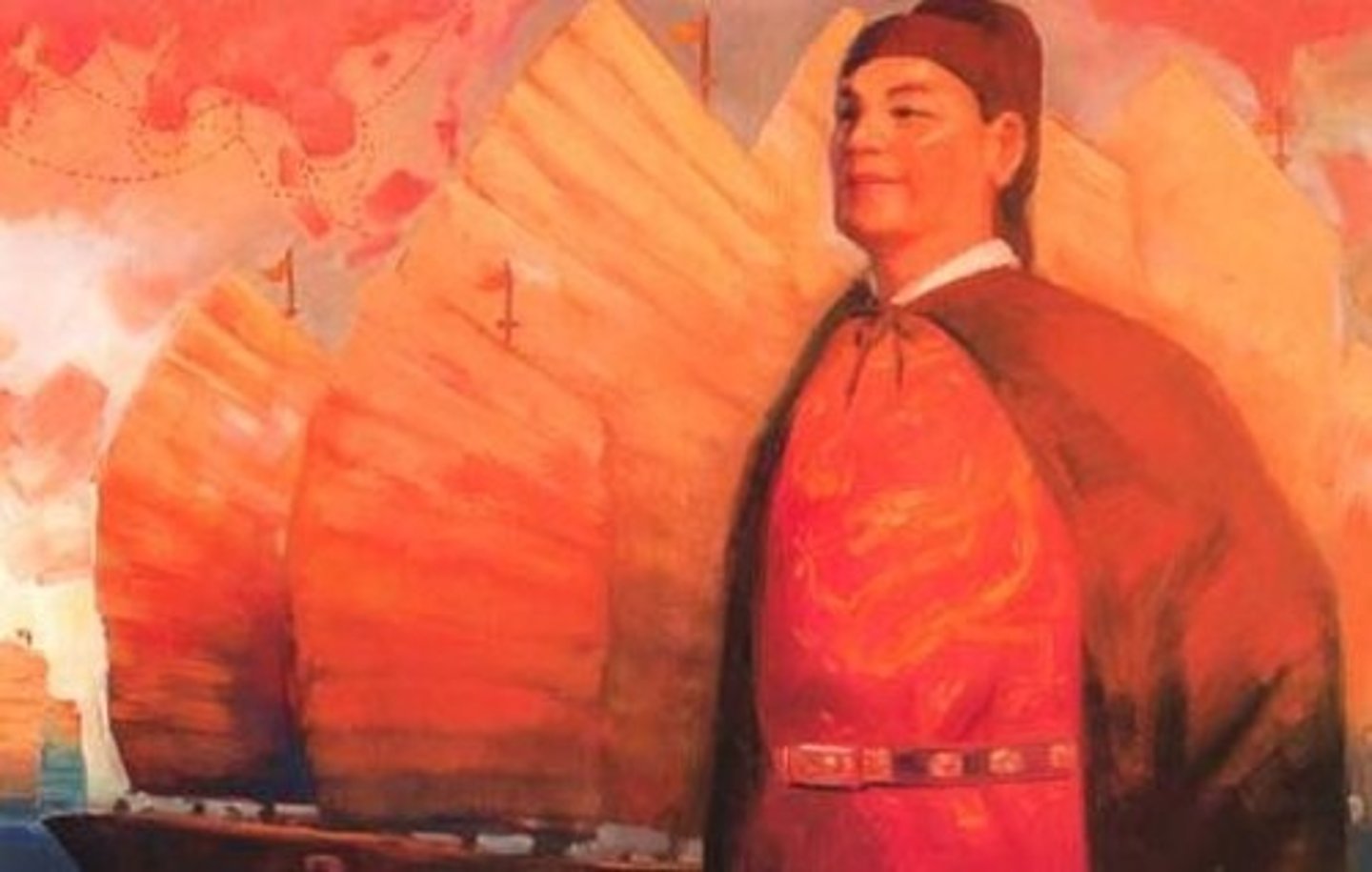
queue
male hair-style enforced upon those in rebellion against the Manchu (Qing dynasty) rule. This amounted to just about all ethnic Han Chinese (east coast majority). Shaved to mid-scalp, braided ponytail to ends of sholderblades
Kangxi
17th / 18th century Qing dynasty emperor. 61 year reign! One of the greatest Chinese emperors in history. Expansive and stable period long after his reign
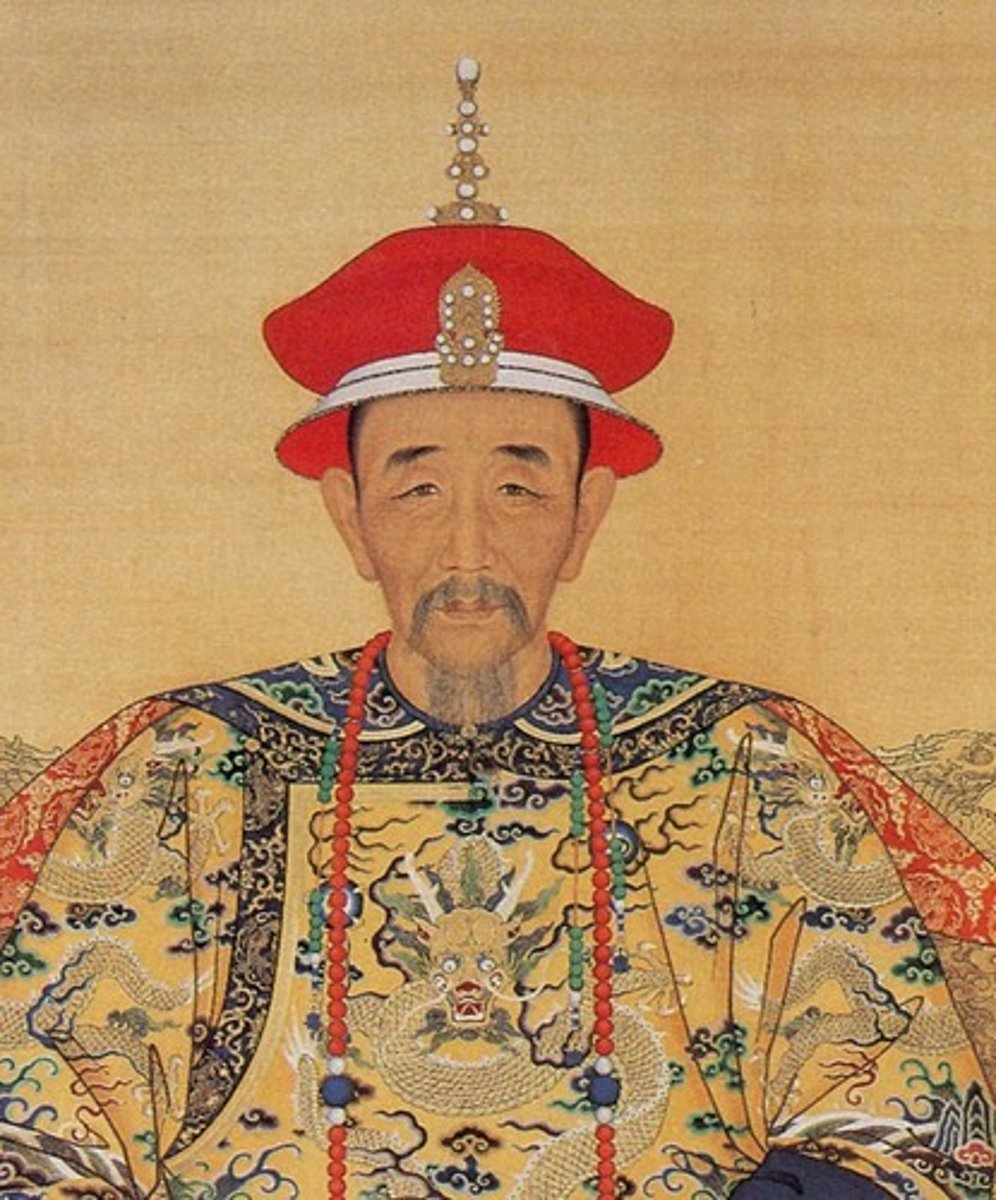
clan
the blood relations beyond your extended family
The Golden Lotus
considered by many to be the first realistic social novel
porcelain
highly prized blue and white glazed pottery style of the Ming dynasty
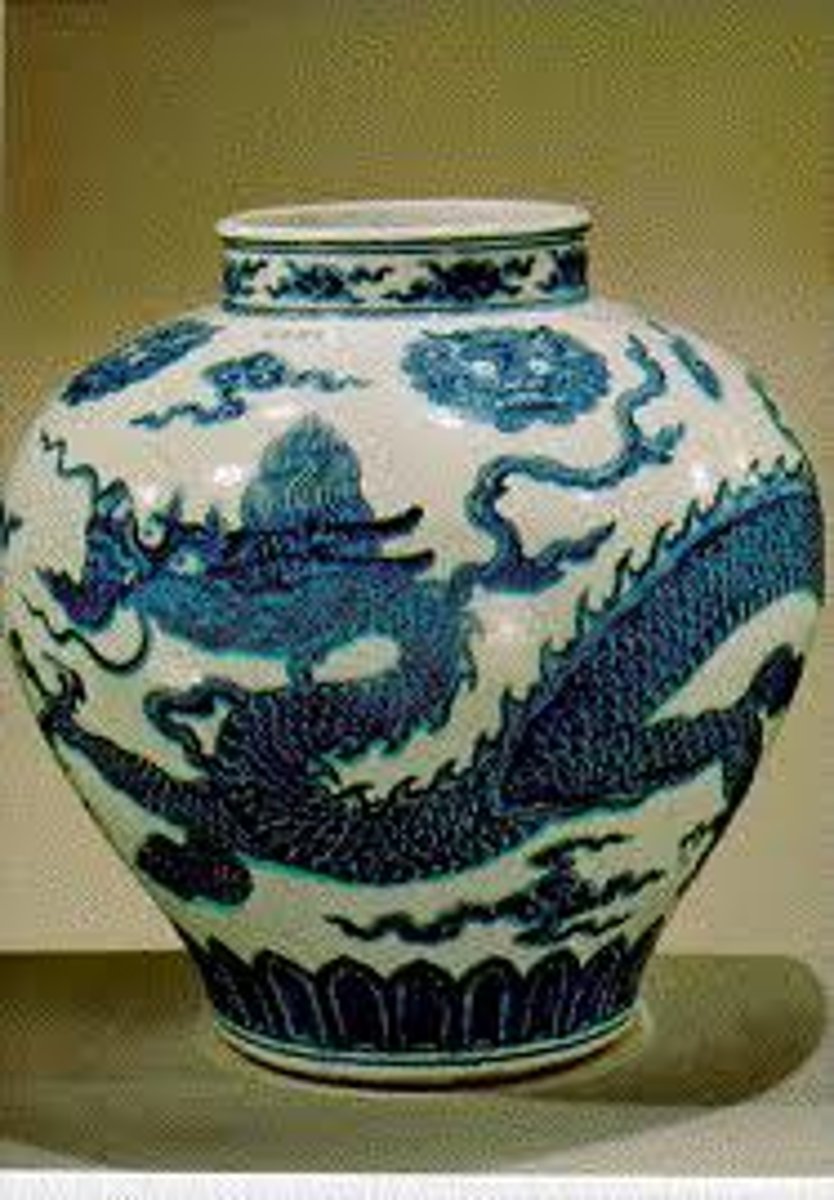
Tokugawa
House of rulers that completed the restoration of central authority in Japan in the early 17th century
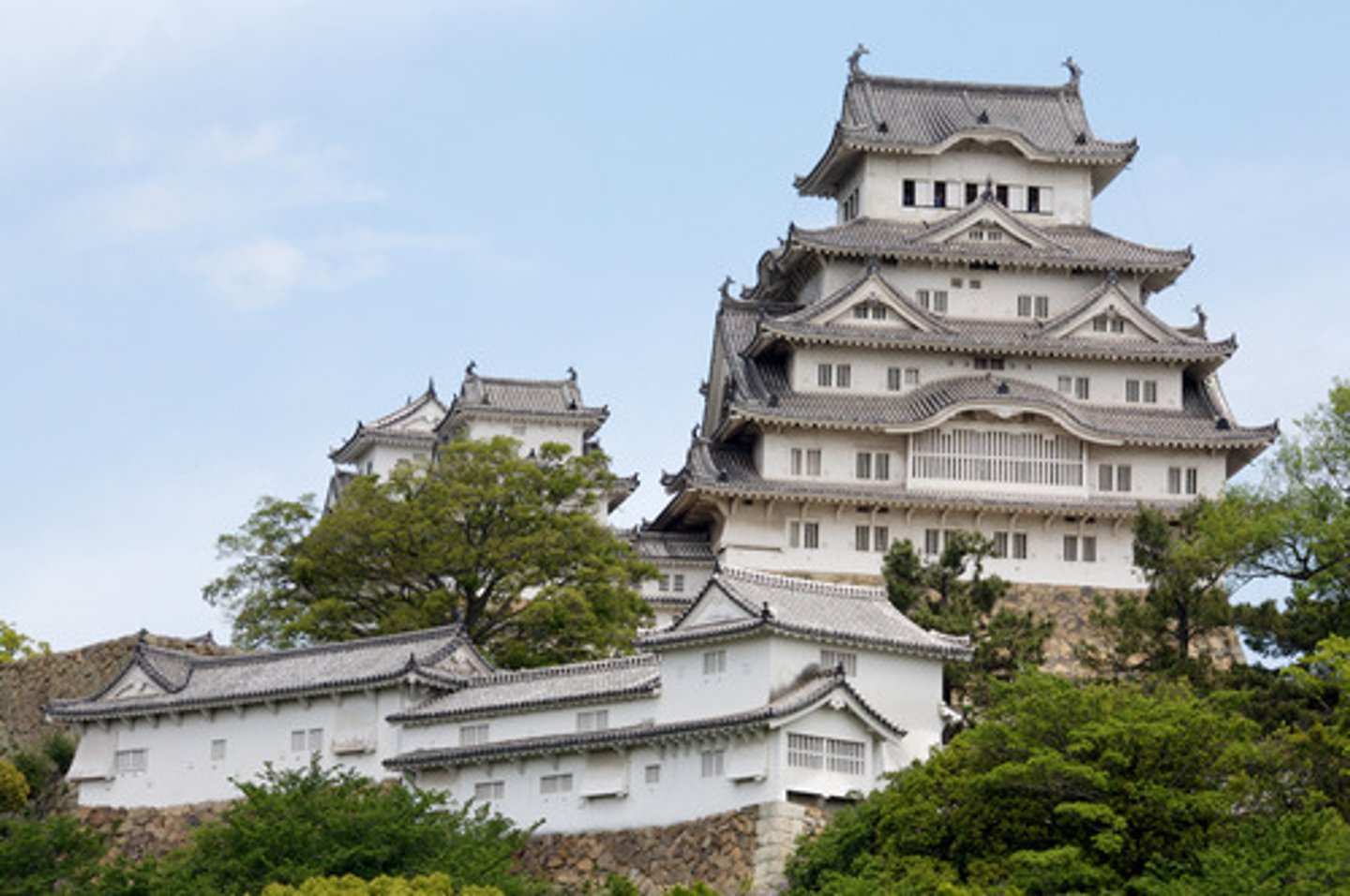
eta
severely restricted outcasts of Tokugawa period Japan
kabuki
classic Japanese dance-drama known for its stylization of drama and elaborate make-up and dress
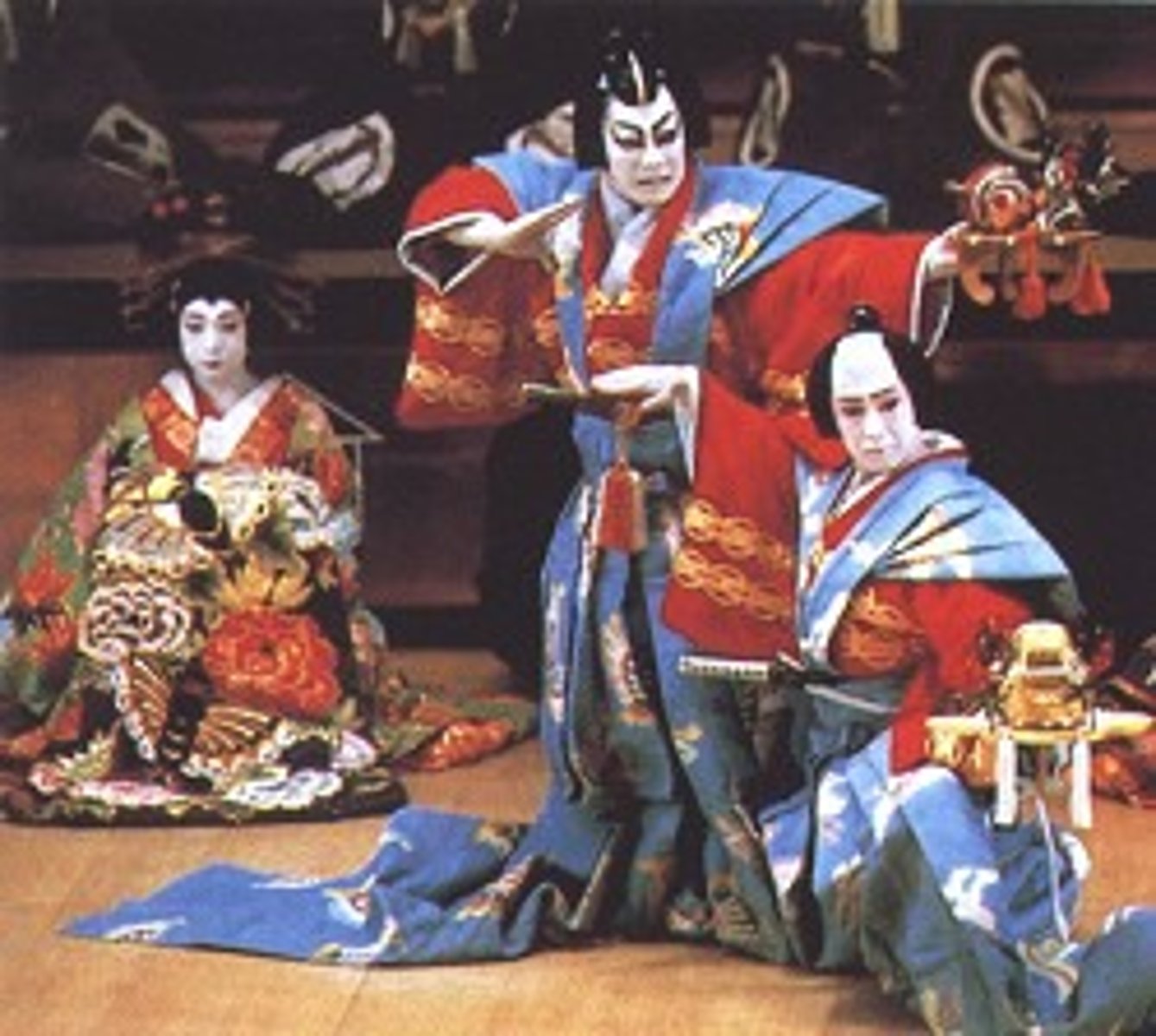
Yi dynasty
the ruling house of Korea (14th - 18th century) during the entire reign of the Tokugawa period in Japan
banner
administrative/military divisions under the Qing dynasty into which all Manchu households were placed
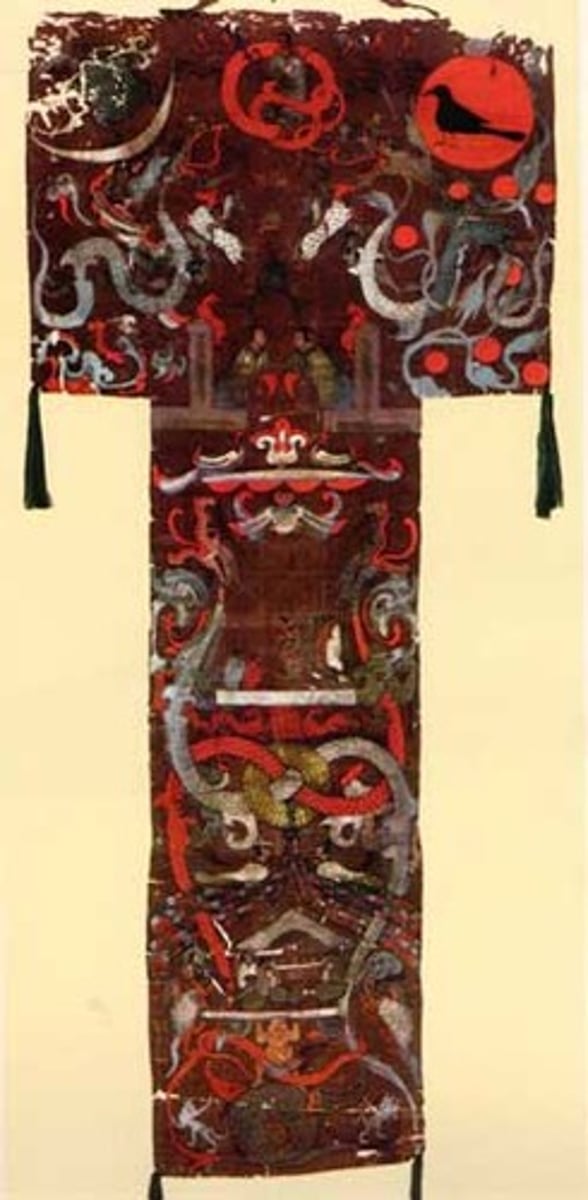
ronin
samurai that have lost their daimyo masters
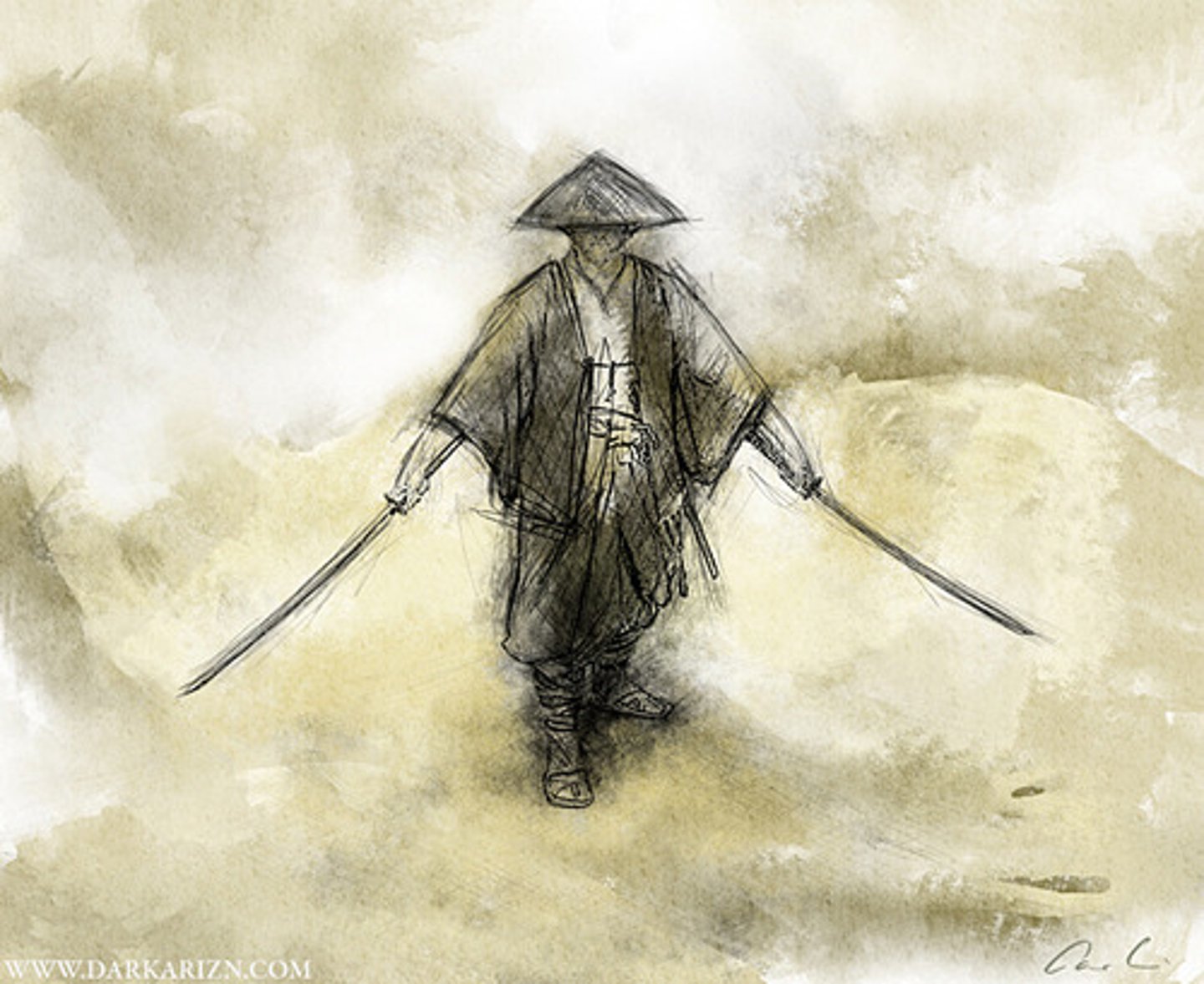
Qing dynasty
Last of the imperial Chinese dynasties. Founded by the invading Manchu. 17th --> 20th century
Toyotomi Hideyoshi
was a preeminent daimyō, warrior, general, samurai, and politician of the Sengoku period who is regarded as Japan's second "great unifier", He succeeded his former liege lord, Oda Nobunaga, and brought an end to the Warring States period. 16th century
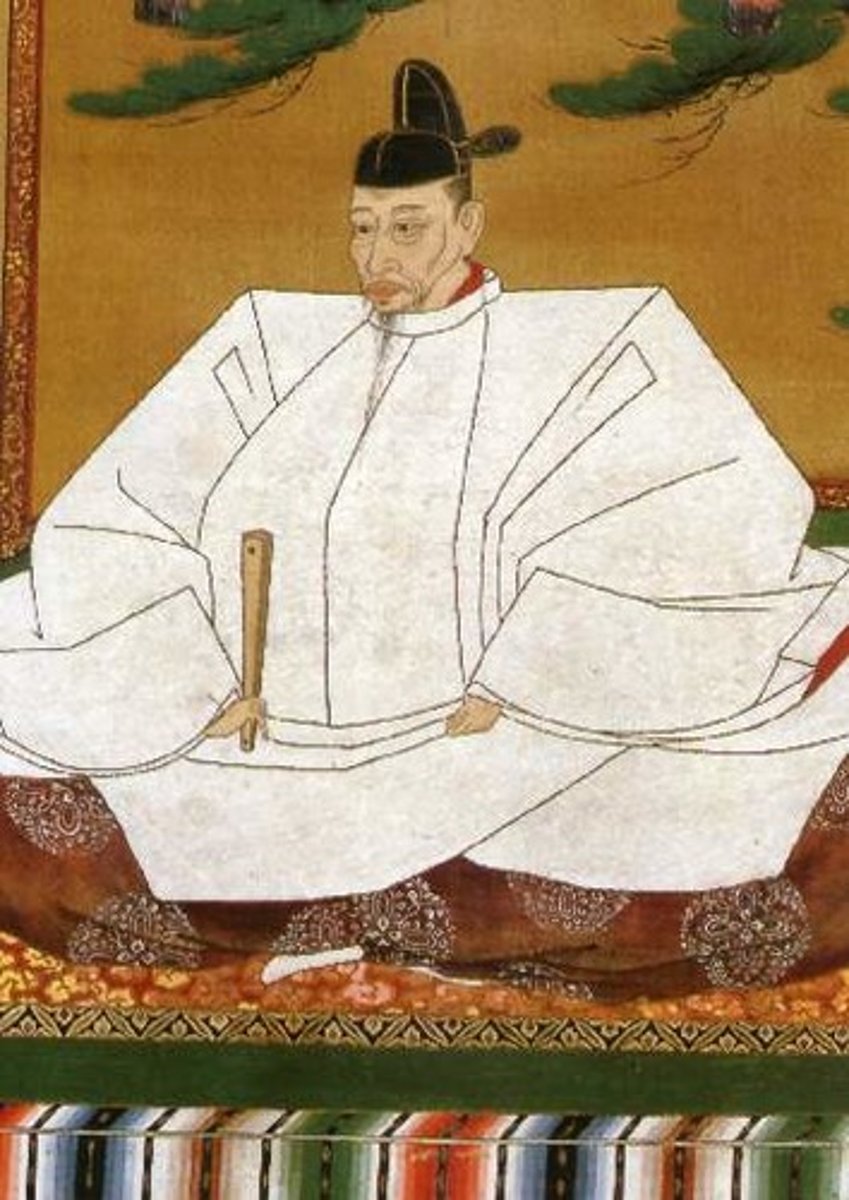
Matsuo Basho
Matsuo Bashō was the most famous poet of the Edo period in Japan. 17th century
